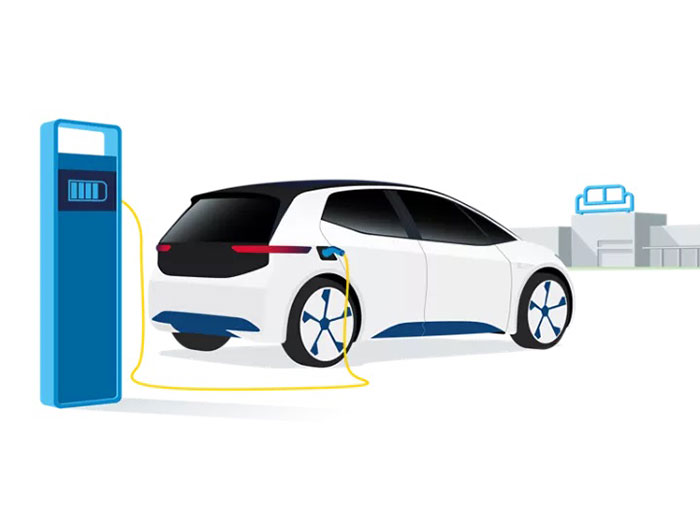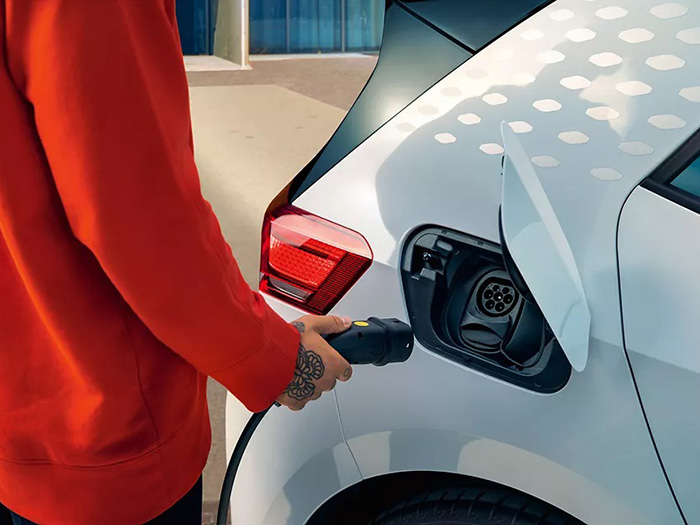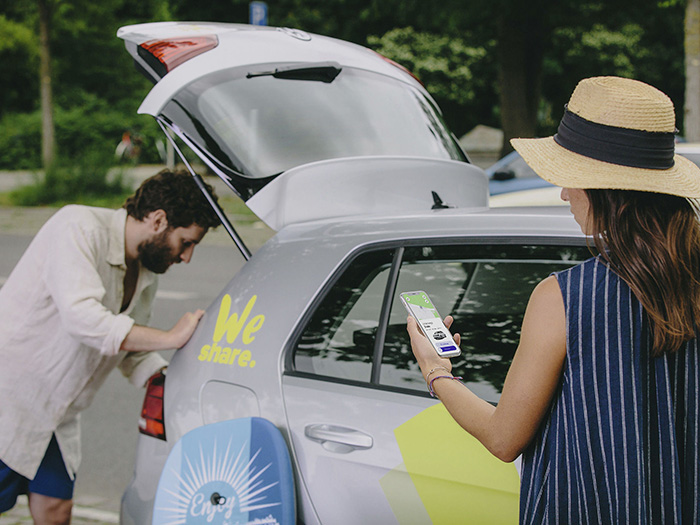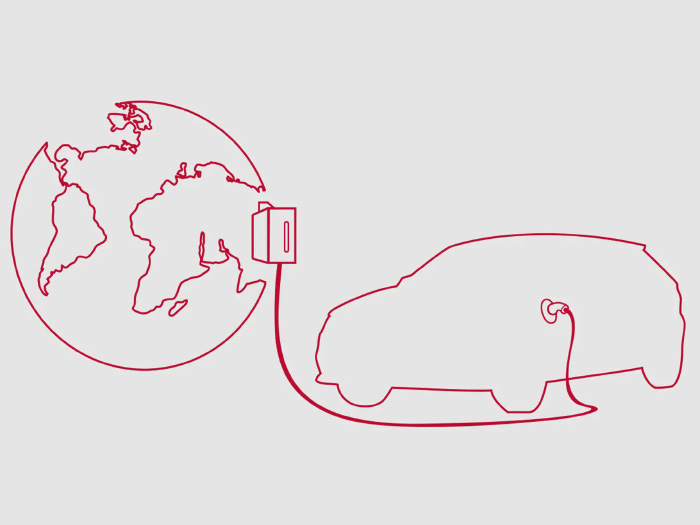Electric cars, infrastructure and V2G: Italy is preparing for smart mobility
The Smart Mobility Report shows encouraging signs for the spread of e-mobility in Italy.
It is still a niche market, but growing - with 6,000 battery electric vehicles (BEVs) registered in the first seven months of 2019 (a +113% year-on-year increase) and an ever-wider range of models available.
The charging infrastructure is also expanding rapidly – currently numbering 8,200 publicly available charging points – and is adequate to support the development of e-mobility in Italy.
This is a summary of the results of the analysis carried out by the Energy & Strategy Group, a research team from Polytechnic University of Milan (Politecnico di Milano), and published in the Smart Mobility Report 2019.
Smart Mobility

The study considered the macro trends in the mobility field that are helping redefine it: electrification, ever-greater use of sharing mobility, and technological solutions such as Vehicle-to-Grid (V2G).
Electric cars are the basis for smart mobility, intended as a mobility which is really useful, and above all sustainable. Considering the entire life cycle of a vehicle – from production to use, right through to recycling – it is the best and most efficient way to reduce CO2 emissions: this was confirmed by the Energy & Strategy Group, which compared purely electric vehicles (BEVs) and different kinds of vehicles with internal combustion engines (ICE).
Forecasts

The analysis of the growth trends brought to three distinct scenarios for electric mobility in Italy, with projections ranging from 2.5 million (“base” scenario) to 7 million (“accelerated development”) electric vehicles (meaning the total of full-electric and plug-in hybrids) circulating on the Italian roads by 2030, depending on the context.
The common denominator for all these three hypothetical scenarios is 2025: this will be the turning point for e-mobility, in line with the outlook of Italy’s Draft Integrated National Energy and Climate Plan. In the aftermath, and up to 2030, there will be a very strong growth, also in terms of the development of the infrastructure, with projections ranging from 34,000 (“base” scenario) to 73,000 (“accelerated development”) publicly available charging points.
Shared mobility

In parallel, at a point in time in which owning a vehicle no longer seems a priority, various kinds of shared use are becoming popular. The numbers behind sharing mobility are growing, taking different forms: alongside “traditional” car sharing, which involves a total of over 6,500 vehicles as of 2018 and in which electric vehicles are making headway, with a total of 12%, we find scooter sharing, where zero-emissions vehicles make up 90% of the total volume (2,020 e-scooters out of 2,240 total units).
The service with the largest fleet is bike sharing, with around 35,800 units in use. Finally, so-called micromobility is gaining ever-more attention, and is an interesting option also from the point of view of shared services.
Vehicle-Grid-Integration

The Smart Mobility Report also analyses the concept of using electric vehicles as an active part of the electricity network. Based on the fact that a privately owned vehicle spends 90% of its time parked, it is considered a precious resource for the grid.
One of the ways in which this could pan out is Vehicle-to-Grid (V2G), in other words the bi-directional exchange of energy from the grid to the vehicle, and vice-versa: it is a highly efficient solution which could be beneficial to both parties, but at the moment is extremely limited in use, and then only experimentally.
